Beginners Guide to Understanding Competitive Sailing
Whether you're new to the sport or just looking to learn more, we'll cover the basics. Competitive sailing combines skill, strategy, and a deep connection with the wind and water. We'll also touch on how it differs from sailing at major international events.
What is Competitive Sailing?
Competitive sailing involves racing sailboats around a set course, with the goal of finishing in the shortest possible time. Sailors must expertly read the wind, handle their boats, and outmaneuver their opponents. There are various classes of boats, each with its own characteristics and rules, making for a diverse and exciting sport.
The Classes
In competitive sailing, there are several classes of boats used in different types of races:

-
Laser: A single-handed boat known for its simplicity and strict one-design, meaning all boats are identical.
-
470: A two-person dinghy that requires teamwork and coordination.
-
Finn: A single-handed boat designed for larger sailors.

-
49er and 49er FX: Fast, two-person skiffs known for their speed and agility.
-
Nacra 17: A mixed-gender, two-person catamaran that can reach high speeds and often involves exciting, close races.
-
RS : A windsurfing class that combines sailing and surfing techniques.
The Racing Format
Competitive sailing events usually follow a series of races called a regatta. Points are awarded based on finishing positions in each race, with the goal of having the lowest total score by the end of the series. First place scores one point, second place two, third place three and so on. The sailor or team with the lowest total score after all races wins. The final race often scores double points and can be crucial in determining the overall standings.

Key Skills in Sailing
-
Wind Reading: Understanding and predicting wind patterns is essential. Sailors must constantly adjust their sails and course to maximise speed.
-
Boat Handling: Manoeuvring the boat efficiently through tacks (turning the bow through the wind) and gybes (turning the stern through the wind) is critical.
-
Tactics and Strategy: Positioning the boat to take advantage of wind shifts, currents, and the competition's mistakes requires sharp tactical thinking.
Important Terms


Who competes?
In competitive sailing, the number of teams that compete can vary based on the specific event, class, and competition format. In major international events like the Olympics, each participating country typically fields one team per sailing class. Sailing class refers to the specific type or model of boat used for racing or recreational sailing.
For example, in the Olympics, there are multiple sailing classes such as Laser, 470, Finn, 49er, Nacra 17, and RS, among others. Each country may have sailors competing in one or more of these classes, leading to a diverse field of competitors. There could be up to ten teams per country in the Olympics if they qualify for all events.
The exact number of teams competing in competitive sailing events outside of the Olympics can vary widely depending on factors such as the size of the event, the popularity of the sport in the region, and the level of competition. In larger regattas or championships, there may be dozens or even hundreds of teams competing across various classes and divisions.

Watching the Races
When watching competitive sailing you need to understand the Course by recognising that courses are marked by buoys, and sailors must navigate around them in a specific order. Follow the Wind closely, observing how sailors adjust their sails and positions based on wind changes. Watch the Starts and Finishes attentively; the start of the race is crucial as sailors jockey for position, and the finish can be a thrilling sprint to the line.
Competitive Sailing vs. Major International Events
While competitive sailing at local or national levels follows similar rules and formats, major international events have additional layers of complexity. Here are some key differences:
- Scale and Scope: Major international events involve a larger number of participants from various countries, making the competition more intense.
- Qualification: Athletes must often qualify through rigorous national or international trials to compete in these events.
- Regulations: There are stricter regulations and more detailed rules to ensure fair competition across different nations.
- Visibility and Media Coverage: These events receive extensive media coverage, bringing the sport to a global audience.

Sailing Gear
Inspired to try sailing yourself or looking to upgrade your gear? Check out our buyers top picks for sailing gear:
- Essential Sailing Gear: From life jackets to sailing gloves and boots, make sure you're equipped with the basics.
For life jackets we recommend the Spinlock Deckvest Lite Life Jacket DW-LTE/AMR

Shop this Lifejacket here.
Shop Spinlock.
For gloves, we recommend the Gill Championship Long Finger Sailing Gloves and boots, we recommend the Zhik ZK SeaBoot 900 Sealed Sailing Boots

Shop these Gloves here. Shop these Boots here.
Shop Gull. Shop Zhik.
- Sailing Apparel: Stay comfortable and protected with a range of sailing clothing designed for all weather conditions.
For sailing jackets, we recommend Musto's BR2 Offshore 2.0 Sailing Jacket

Shop this Jacket here.
Shop Musto.
For Sailing Trousers, we recommend Gill's Verso Inshore Sailing & Racing Trousers

Shop these Trousers.
Shop Gill.
For Layers, we recommend Musto's Fast Dry 1/2 Zip Top

Shop this Layer.
Shop Musto.
- Navigation Tools: Discover gadgets that can enhance your sailing experience, ensuring you stay on course.
We recommend the Optimum Time Series 3 OS3 Sailing Watch

Shop this Watch.
Shop Optimum Time.
Shop our full Sailing Range here.
Shop the full Wetsuit Outlet range here.
Updated on 10th June 2024
Originally published on 5th June 2024 in Guides












































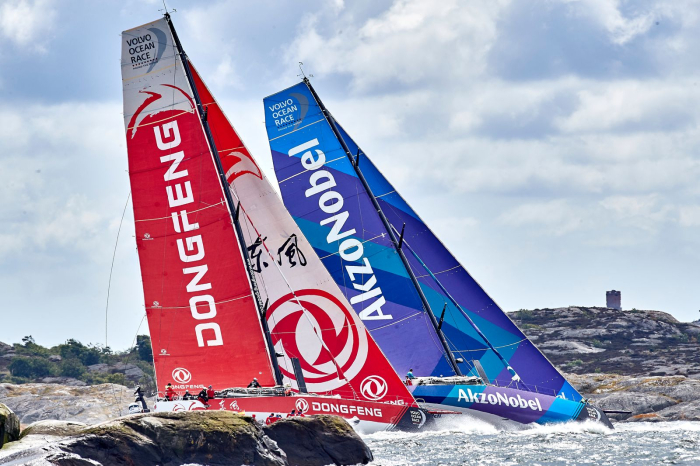















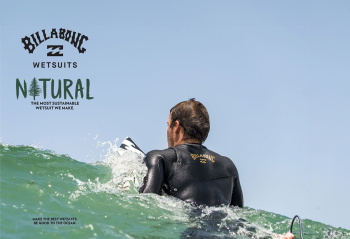

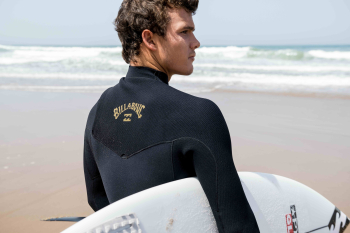

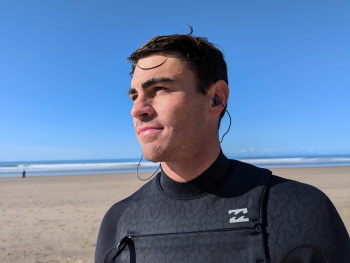
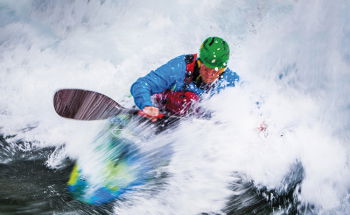


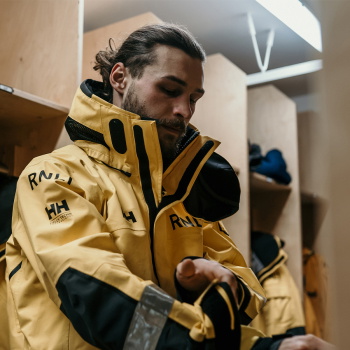

 Visit the US site
Visit the US site  Weiter nach DE
Weiter nach DE